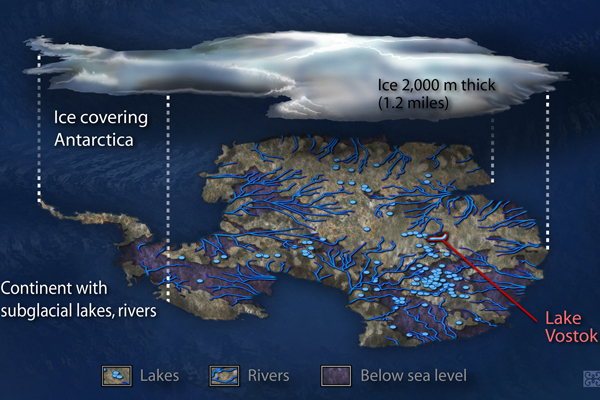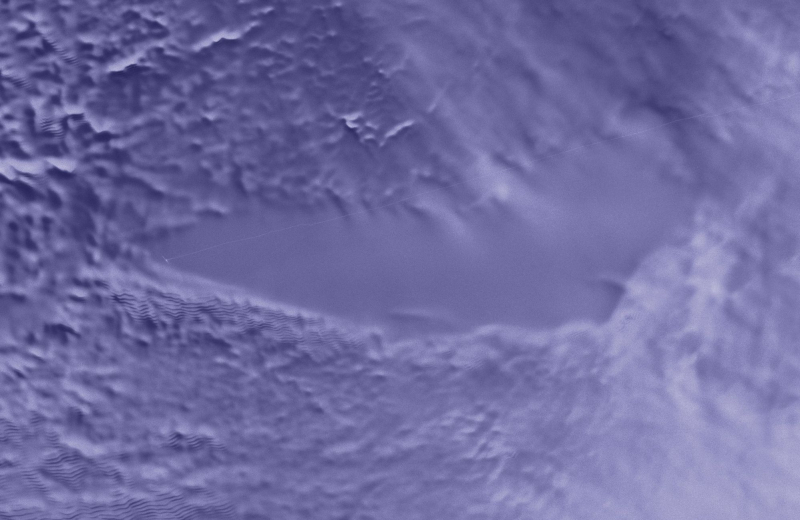Lake Vostok
One of the most beautiful lakes in Antarctica is Lake Vostok, also known as Subglacial Lake Vostok or Lake East. The water body is the biggest known subglacial lake and is situated about 2.5 miles (4 km) below Russia's Vostok Station on the East Antarctic Ice Sheet (EAIS). The lake is generally circular, measuring more than 150 miles (about 240 km) long and up to 31 miles (about 50 km) wide. It can store about 1,300 cubic miles (5,400 cubic km) of water. The lake's existence was finally proven in the mid-1990s by a combination of seismic and ice-penetrating radar investigations, following decades of conjecture and data collection.
The majority of experts think that the lake resulted from volcanic activity that partially melted the ice above. Some scientists suggest that once the EAIS developed more than 30 million years ago, the lake was cut off from the atmosphere of Earth. According to some experts, the lake's water may only be 400,000 years old, or maybe much younger. However, the majority of experts concur that Lake Vostok could have a distinct freshwater environment made up of species that developed separately from other Earthly life forms. Each organism in this habitat would need to withstand the pressure of 350 atmospheres (approximately 5,150 pounds per square inch) brought on by the weight of the ice sheet above, and the base of the lake's food chain would need to receive its energy from chemical sources rather than from photosynthesis.










